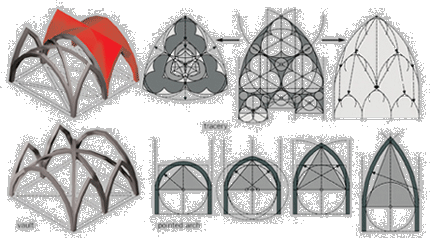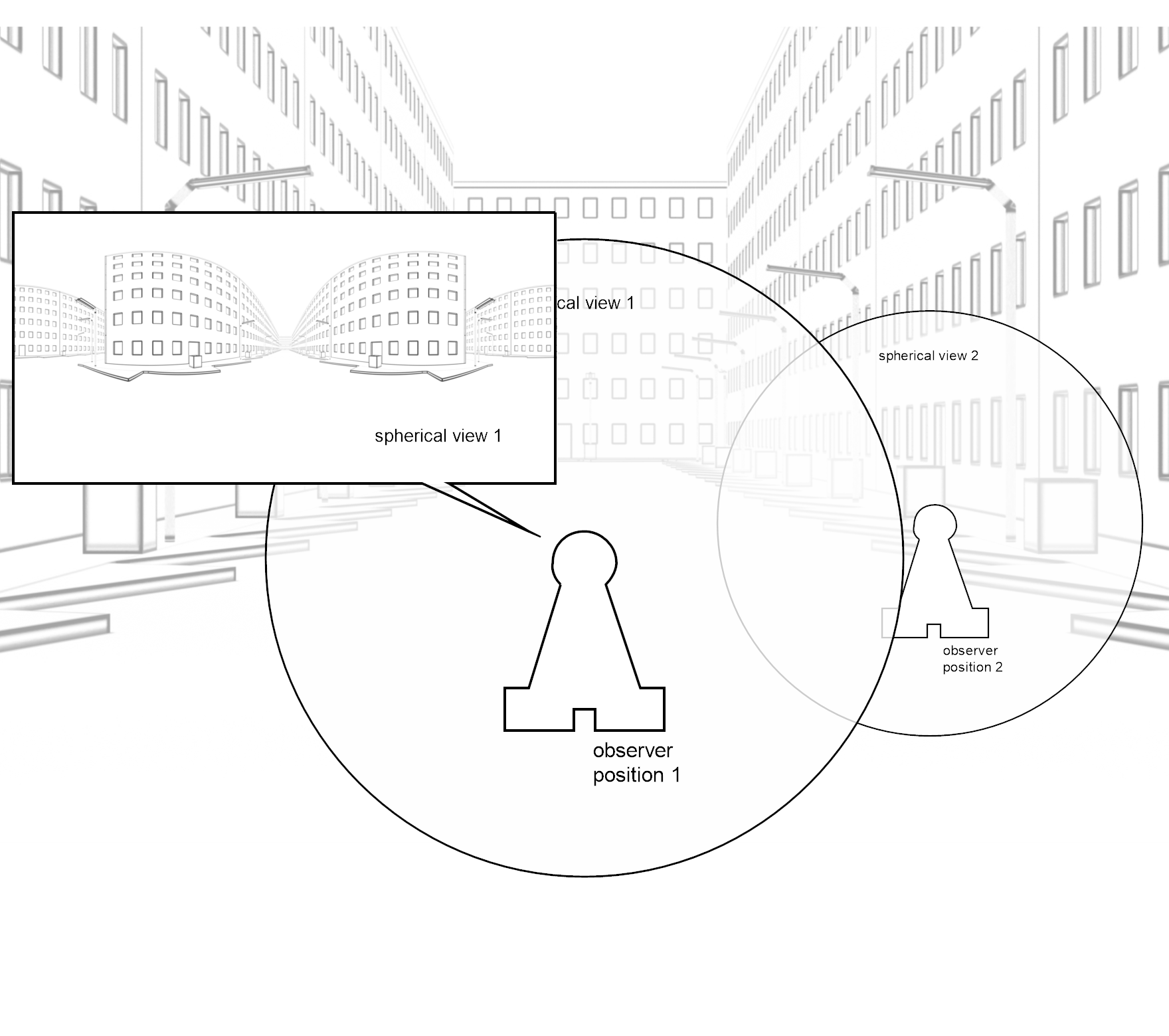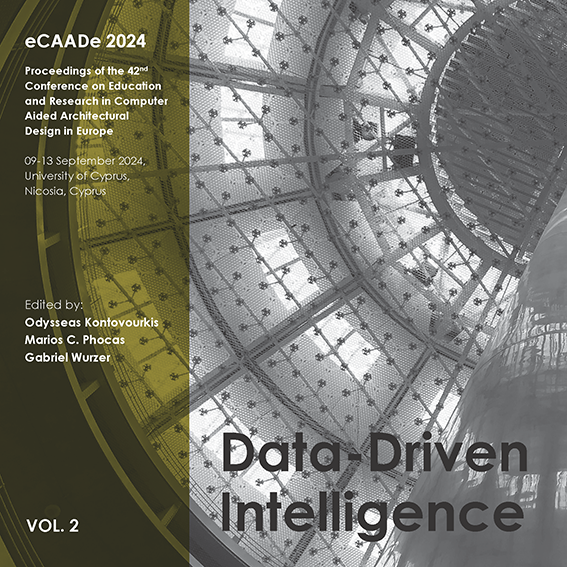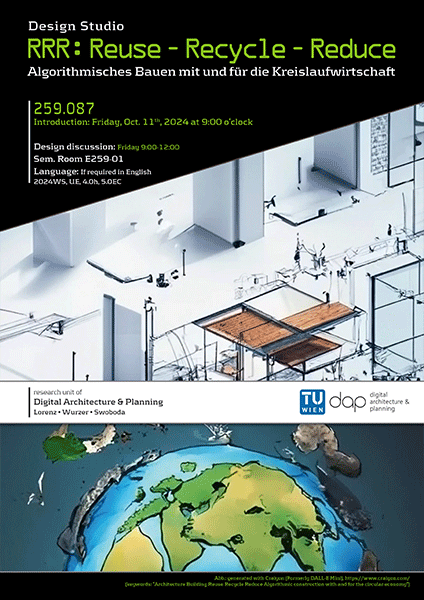Footnotes
[01] Koch Wilfried, Baustilkunde - Das große Standardwerk zur europäischen Baukunst von der Antike bis zur Gegenwart, Mosaik Verlag, p. 157, p. 168, p. 227.
[02] Toman Rolf, Die Kunst der Gotik (1998),Könemann, ISBN 3-89508-313-5.
[03] Koch Wilfried, Baustilkunde - Das große Standardwerk zur europäischen Baukunst von der Antike bis zur Gegenwart, Mosaik Verlag, p.148.
[04] The word Gothic arises from the Italian "gotico", which means barbarian, not-antique. The architectural expression of the Gothic style is the pointed arch and the buttress with ribbed vault. Though both elements have been used in the Romanesque style before - the pointed-arch has its origin in the Islamic world - only then they have been favored before the many other known elements. Koch Wilfried, Baustilkunde - Das große Standardwerk zur europäischen Baukunst von der Antike bis zur Gegenwart, Mosaik Verlag, p. 157, p. 168, p. 149.
[05] Koch Wilfried, Baustilkunde - Das große Standardwerk zur europäischen Baukunst von der Antike bis zur Gegenwart, Mosaik Verlag, p.149.
[06] Toman Rolf, Die Kunst der Gotik (1998),Könemann, ISBN 3-89508-313-5, p. 139.
[07] Koch Wilfried, Baustilkunde - Das große Standardwerk zur europäischen Baukunst von der Antike bis zur Gegenwart, Mosaik Verlag, p. 157, p. 168, p. 149.
[08] Brockhaus, Der große Brockhaus Kompaktausgabe in 26 Bd., Band 8 Gasthörer bis Grimaud (1983) aktualisierte 18. Auflage, F.A. Brockhaus Wiesbaden, p.309.
[09] "D" is called the diameter-exponent. Mandelbrot Benoit B., Dr. Zähle Ulrich (editor of the German edition), Die fraktale Geometrie der Natur (1991) einmalige Sonderausgabe, Birkhäuser Verlag Berlin, ISBN 3-7643-2646-8, p.169.
[10] For a long time Baroque meant pompous, which was also brought into literature and music - sometimes the word "overloaded" can be added.
[11] Brockhaus, Der große Brockhaus Kompaktausgabe in 26 Bd., Band 2 Archi bis Belgien (1983) aktualisierte 18. Auflage, F.A. Brockhaus Wiesbaden, p.294.
[12] Koch Wilfried, Baustilkunde - Das große Standardwerk zur europäischen Baukunst von der Antike bis zur Gegenwart, Mosaik Verlag, p. 157, p. 168, p. 237.
[13] Brockhaus, Der große Brockhaus Kompaktausgabe in 26 Bd., Band 18 Ratenwechsel bis Safanija (1983) aktualisierte 18. Auflage, F.A. Brockhaus Wiesbaden, p.243.
The Portuese word "barocco" means "little stone, irregular, sloping-round pearl" which indicates the origin in the artwork of jewellers.
[14] Baedecker, Frankreich (1988) 4. Auflage, Karl Baedecker GmbH Deutschland.
[15] Zerbst Rainer, Antoni Gaudí (1993), Benedikt Taschen Verlag GmbH, ISBN 3-8228-0067-8, p.190.
[16] Bovill Carl, Fractal Geometry in Architecture and Design (1996), Birkhäuser Bosten, ISBN 3-7643-3795-8, p.139.
[17] Bovill Carl, Fractal Geometry in Architecture and Design (1996), Birkhäuser Bosten, ISBN 3-7643-3795-8, p.141.
[18] Koch Wilfried, Baustilkunde - Das große Standardwerk zur europäischen Baukunst von der Antike bis zur Gegenwart, quotation by Theo van Doesburg in the year 1924, Mosaik Verlag, p.386.
[19] Jencks Charles, Die Architektur des springenden Universums, Arch+ number 141 (1998), Arch+ Verlag GmbH Aachen, ISSN 0587-3452, p.66.
[20] Brockhaus, Der große Brockhaus Kompaktausgabe in 26 Bd., Band 24 Weltkrieg bis ZZ (1983) aktualisierte 18. Auflage, F.A. Brockhaus Wiesbaden, p.182.
[21] Bovill Carl, Fractal Geometry in Architecture and Design (1996), Birkhäuser Bosten, ISBN 3-7643-3795-8, p.127/128.
In general nature should not be imitated but the structure should be found and brought into architecture. This structure is called the fractal concept, a basic idea on every scale, the variation of a theme, idea and rule, the identification of parts and the whole, no strict symmetry.
[22] Bovill Carl, Fractal Geometry in Architecture and Design (1996), Birkhäuser Bosten, ISBN 3-7643-3795-8, p.130.
[23] Borcherdt Helmut, Architekten - Begegnungen 1956-1986 (1988), Georg Müller Verlag GmbH, ISBN 3-78844-2181-4, p.89.
[24] Jencks Charles, Die Architektur des springenden Universums, Arch+ number 141 (1998), Arch+ Verlag GmbH Aachen, ISSN 0587-3452, p.106.
[25] Jencks Charles, Die Architektur des springenden Universums, Arch+ number 141 (1998), Arch+ Verlag GmbH Aachen, ISSN 0587-3452, p.106.
[26] Lynn Greg, Das erneuerte Neue der Symmetrie, Arch+ number 128 (1995), Arch+ Verlag GmbH Aachen, ISSN 0587-3452, p.48.
[27] Bovill Carl, Fractal Geometry in Architecture and Design (1996), Birkhäuser Bosten, ISBN 3-7643-3795-8, p.175-177.









